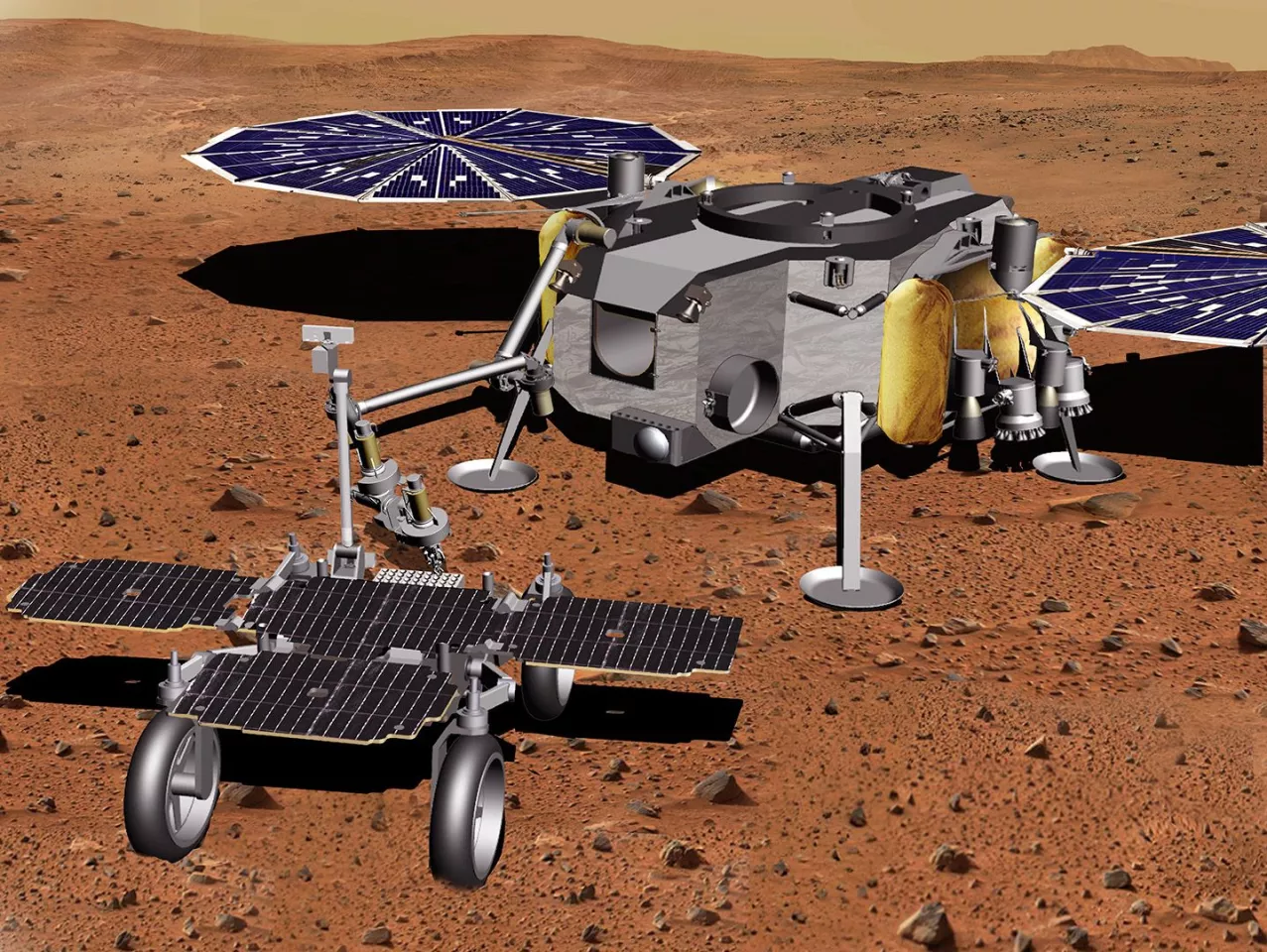ESA has awarded a contract to Airbus Defence and Space to go ahead on the next phase to develop the advanced Sample Fetch Rover. The Advanced B2 study contract will allow Airbus in Stevenage, UK to continue work on the rover that will collect Martian rock and soil samples for return to Earth.
Currently, NASA is preparing to launch the space agency's Perseverance Mars rover, which is scheduled to lift off from Cape Canaveral on July 20, 2020 atop an Atlas V rocket. Building on the success of the Curiosity rover mission, Perseverance will be the first mission to directly look for signs of current or past life on the Red Planet since the Viking missions that landed in 1976.
In addition, Perseverance will be the first mission ever to collect samples for return to Earth for proper examination. However, the rover won't be doing the return bit itself. Instead, it will seal drill samples in special metal tubes, which it will leave behind itself rather like Hansel and Gretel without the gingerbread house business.

Launching with a NASA landing craft in 2026 for a 2028 landing, Fetch will, as the name implies, be the next step in the return process. About the size of a compact car, Fetch will be smaller than Perseverance and roll along on four large wheels rather than six small ones. According to Airbus, this will make the rover less complex, faster and less likely to get stuck in the Martian sands.
Once on the surface of the Red Planet, Fetch will travel an average of 200 m (660 ft) a day for six months as it follows the path of Perseverance. As it does so, computer vision algorithms will seek the 43 sample tubes left by Perseverance and the robotic arm will collect up to 36 of these and place them in a special sample canister.
Fetch will then rendezvous with the lander, where a second robotic arm will remove the sample canister from the rover and transfer it to the Mars Ascent Vehicle. This will launch into Mars orbit, where it will rendezvous with ESA's Earth Return Orbiter, which will bring the samples back to Earth for a landing in Utah in 2031.
The initial phase of the Fetch program began at Stevenage in July 2018 with Airbus developing the algorithms and the robotic arm for grasping the sample tubes. As NASA progresses on its Mars lander, the rover's engineering requirements have had to be modified, especially in terms of its locomotion system.
Source: ESA








